
Question and Answers Forum
Question Number 89319 by Rio Michael last updated on 16/Apr/20
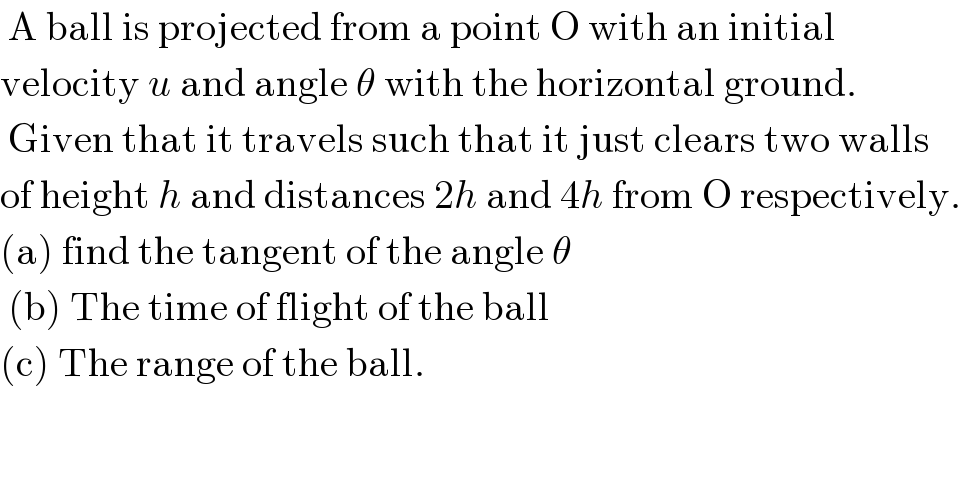
Answered by mr W last updated on 17/Apr/20
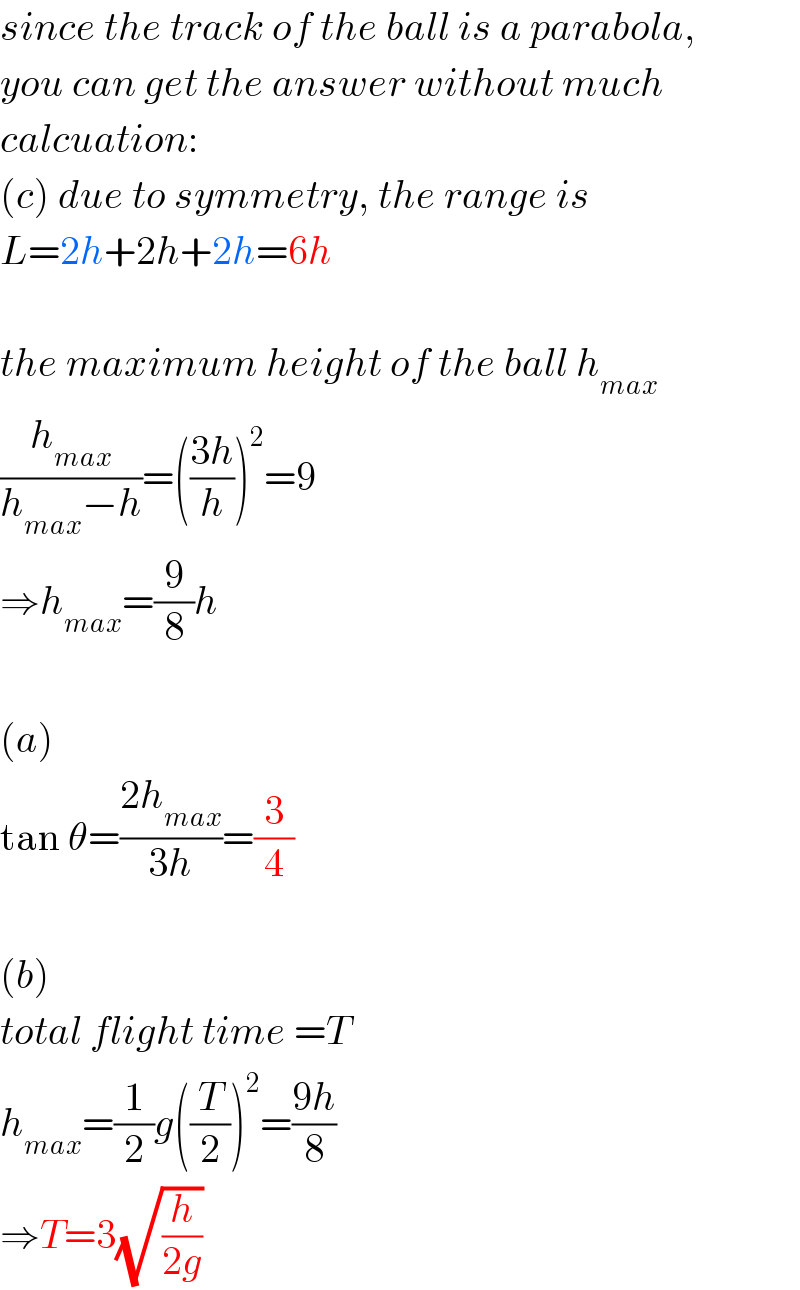
Commented by peter frank last updated on 17/Apr/20

Commented by mr W last updated on 17/Apr/20

Commented by mr W last updated on 17/Apr/20
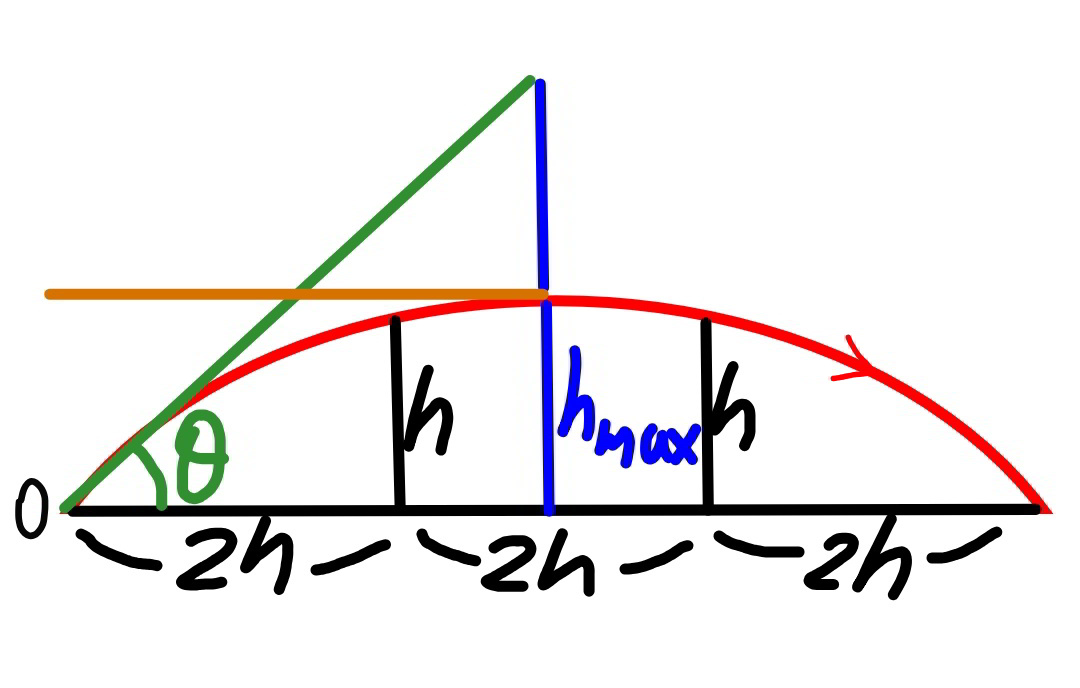
Commented by peter frank last updated on 17/Apr/20

Commented by Rio Michael last updated on 17/Apr/20

Commented by mr W last updated on 17/Apr/20
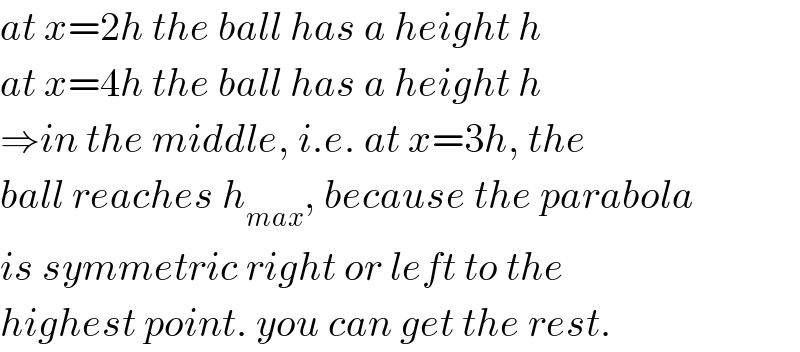
Commented by Rio Michael last updated on 17/Apr/20

Commented by peter frank last updated on 20/Apr/20

Commented by peter frank last updated on 20/Apr/20

Commented by mr W last updated on 21/Apr/20
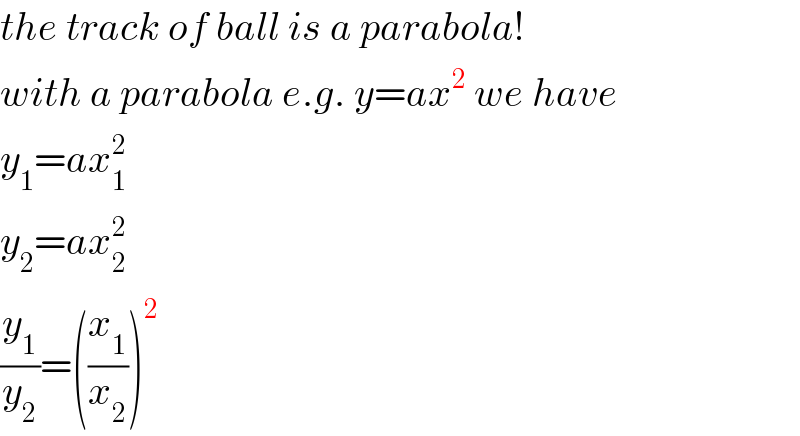
Commented by peter frank last updated on 21/Apr/20

